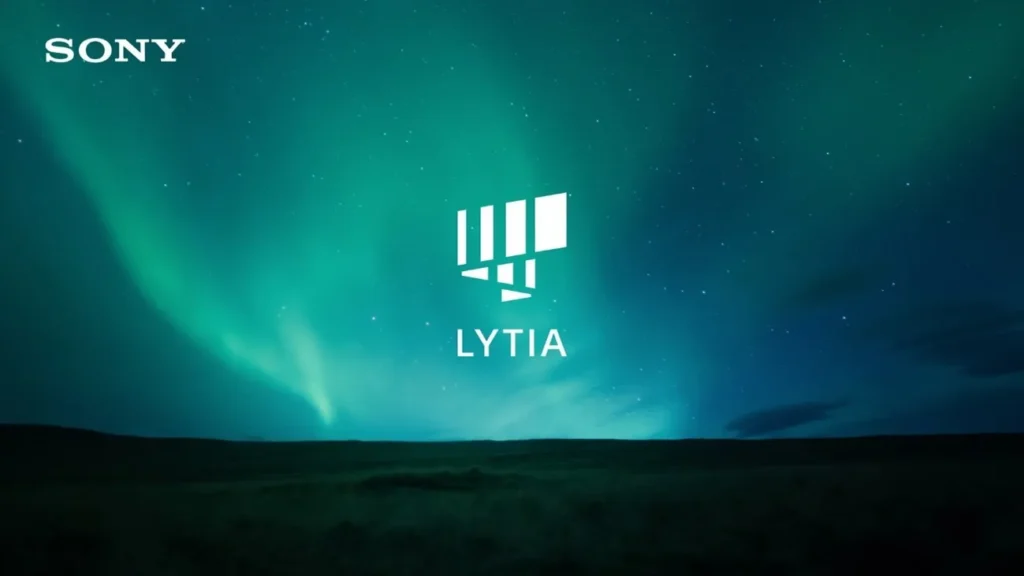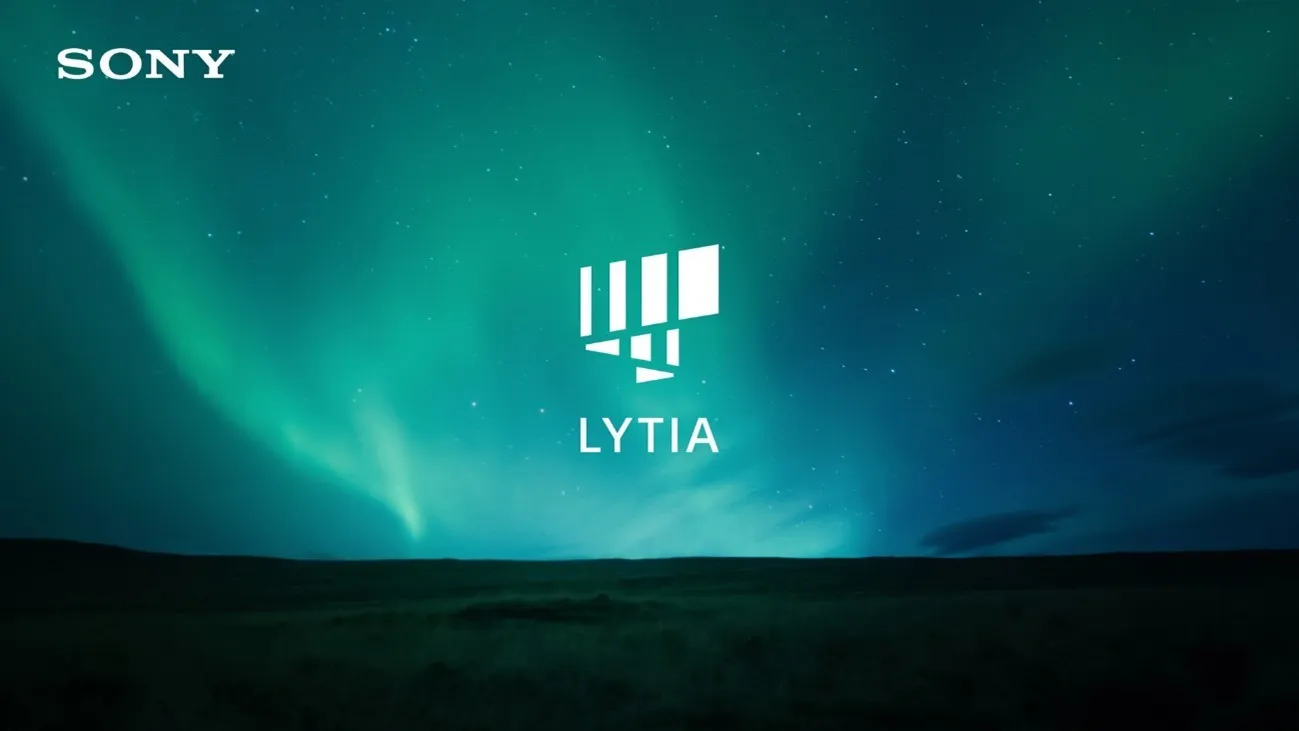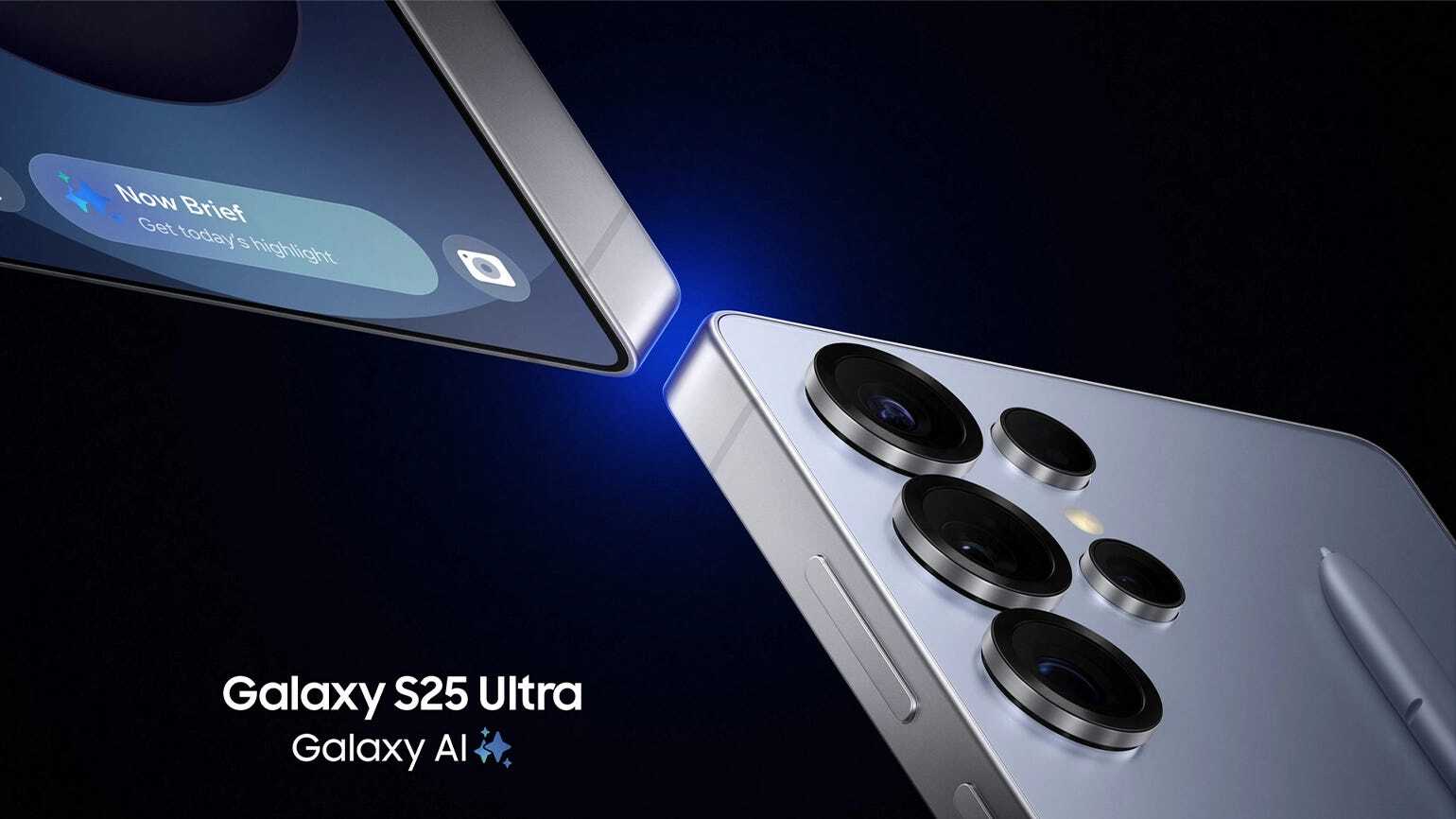
You might have encountered these two names for the new Sony image sensors in smartphones, the Sony IMX and the Sony LYTIA.
On the surface, the upgrade from back-illuminated CMOS to multi-layer stacked CMOS image sensors appears to be a simple rebranding of the previous Sony IMX image sensor. However, a deeper examination reveals a more significant story.
The Sony IMX series was a back-illuminated one, and when the LYTIA is talked about, they are stacked ones, which is an upgrade from the back-illuminated ones of IMX.
Let’s begin by reviewing the list of sensors to ensure we are in agreement.
IMX 890 is now LYT 701.
IMX 882 is now LYT 600.
and so on.
Now you may ask, what is a back-illuminated sensor, and what is a stacked CMOS sensor?
Back-illuminated sensors are the image sensors that have a light-receiving surface above the photodiode, compared to front-illuminated ones that have it below the photodiode.

Source: Sony Semicon.
This is 2009, when Sony Semiconductors Solutions Corporation (SSS) developed the back-illuminated CMOS image sensors. As you can see in the image, it has the light-receiving surface above the photodiode.
This revolutionary design has the advantage of being twice as sensitive as traditional items. It has reduced noise and obtained about twice the sensitivity of traditional CMOS image sensors with a front-illuminated construction. By emitting light from the silicon substrate’s backside, it is now feasible to enhance the amount of light that reaches each pixel without being blocked by transistors or metal wire, which lessens the sensitivity deterioration brought on by various optical angles. Even in dimly lit areas, like at night, it is capable of taking crisp, high-resolution pictures.
The technical details directly from Sony:
Unique photodiode structure optimised for a back-illuminated structure
A back-illuminated structure minimises the degradation of sensitivity caused by different optical angles while also increasing the amount of light that enters each pixel thanks to the release from obstacles such as metal wiring and transistors that have been moved to the other side of the silicon substrate. However, compared to conventional front-illuminated structures, back-illuminated structures generally cause problems that result from their device structure and manufacturing process, such as noise, dark current, defective pixels, or colour mixture, that lead to image degradation and also cause a decrease in the signal-to-noise ratio.
To overcome this, SSS has developed a unique photodiode structure optimised for a back-illuminated structure that achieves higher sensitivity and lower random noise by reducing noise, dark current, and defect pixels. Additionally, SSS’s advanced technologies, such as high-precision alignment, have addressed colour mixture problems.
Now, let me introduce the Sony LYTIA sensors, which are stacked image sensors instead of being back-illuminated.

The LYTIA sensors are stacked COMS, meaning pixels on top, then a separate circuit under the pixels and the rest, thus “stacking.”.

Sony developed a stacked CMOS image sensor using a chip on which a signal processing circuit was formed instead of the supporting substrate of a conventional back-illuminated CMOS image sensor, and combining the pixel part with back-illuminated structure pixels formed on that. This made it possible to mount a large-scale circuit on a small chip. Moreover, Sony realised higher image quality, higher functionality, and smaller size simultaneously by specialising the pixel section in improving image quality.
via Sony Semiconductor and Sony LYTIA Brand Site.
The biggest advantage with this is more light getting in and a larger area for pixels, improved HDR.
The LYTIA Sensors support:
- Improved HDR.
- All pixel AutoFocus (AF).
- Improved Night Mode.
The difference made is the sensor is also slimmer.
This makes us have large sensors without making them thick or in need of a larger body as we need for back-illuminated. Also, LYTIA sensors having more area for pixels can have more light, thus drastically improving low-light performance and having really good dynamic range compared to previous IMX.
Here is a LYTIA product line:
| Model | Features |
| LYT9001/0.98-type (16.384 mm diagonal) approx. 50-effective-megapixel stacked CMOS image sensor | LYTIA high-end model designed for high-quality smartphone imaging 1” type image sensor delivering superb tonal expressions |
| LYT800 1/1.43-type (11.2 mm diagonal) approx. 53-effective-megapixel stacked CMOS image sensor | 1/1.4” type premium model that rivals the high-quality 1” type sensor. First sensor with a 2-layer transistor pixel structure enabling an excellent saturation signal level. |
| LYT700 1/1.56-type (10.24 mm diagonal) approx. 50-effective-megapixel stacked CMOS image sensor | 1/1.5” type model optimized for the slim profile of smartphones Sensor that retains high-end features such as multiple high dynamic range (HDR) methods |
| LYT600 1/1.953-type (8.192 mm diagonal) approx. 50-effective-megapixel stacked CMOS image sensor | Popular segment that delivers high-quality imaging experiences 1/2″ type sensor equipped with high-end features such as all-pixel autofocus |
| LYT500 1/2.93-type (6.144 mm diagonal) approx. 50-effective-megapixel stacked CMOS image sensor | New standard front camera sensor model optimised for shooting selfies: 1/2.9” type sensor with small 0.6 µm pixels that delivers high 50-megapixel image quality and always-on functionality. |
I know, most people would not understand, but LYTIA is a much-needed upgrade; brands should use the LYT counterparts over IMX; they are just better!
If you want to learn more about the 2-layer Transistor Pixel: Here.
You may like to read: OPPO Reno13 and POCO X7 Pro Lore.





2 thoughts on “The Shift to LYTIA: Capturing Moments Light Years Ahead”
Comments are closed.